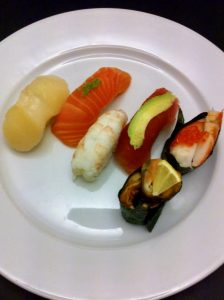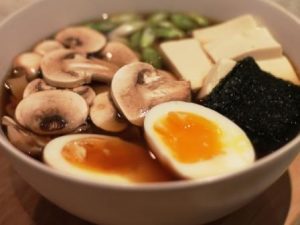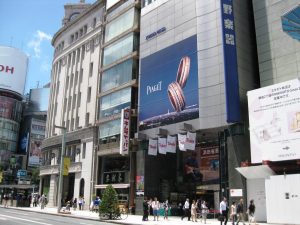 Yes, and there are several reasons for that.
Yes, and there are several reasons for that.
Japanese sushi basically consists only of rice and fish. When the food is so simple fewer additives have been used in the preparation of the sushi.
In Europe and especially Denmark there are many sushi restaurants that use different complement for their sushi. It may be mayonnaise in different shades and other tasty topping. Mayonnaise is a food that is not particularly healthy it adds more calories to the food.
At Sushi coursefor beginners the attendants learn the Japanese approach to sushi ie. to use Japanese ingredients, cooking techniques and hand techniques. Methods that you can use to make your favorite sushi rolls at home in your own kitchen.
_
Zoë has held sushi courses and cooking classes for A. P. Moller – Maersk, Hugo Boss Nordic, Novo Nordisk, Novartis, Velux, Gorrissen Federspiel, Beierholm revision, Elbek & Vejrup and many more.








